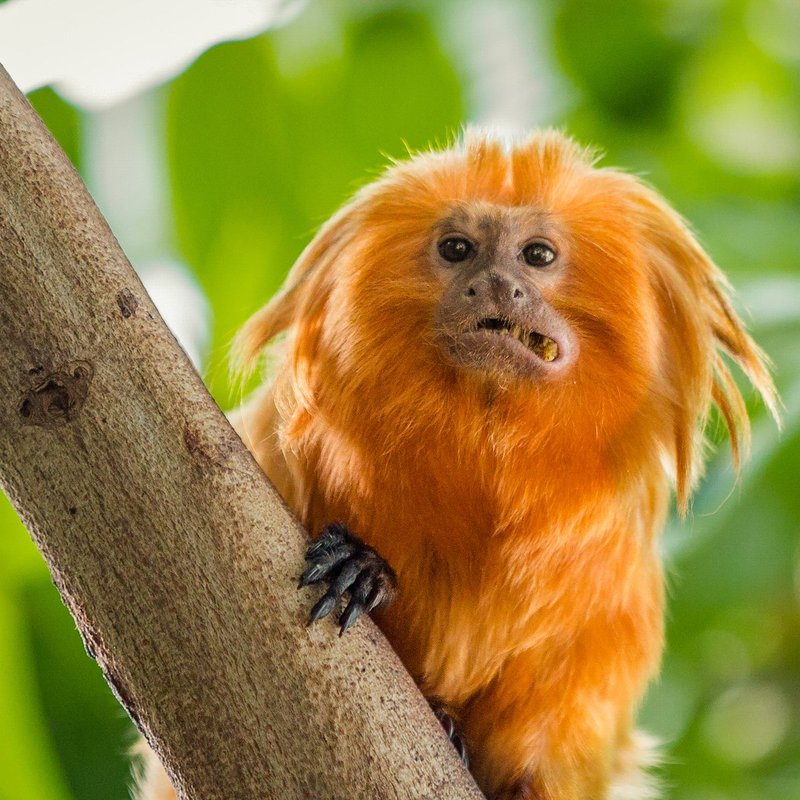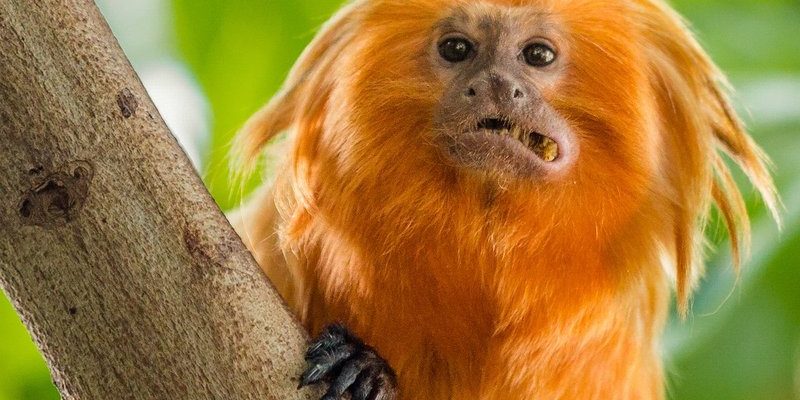
Imagine you’re at a family gathering, and everyone pitches in to help with the kids. That’s pretty much how tamarins operate too, but in the heart of the jungle. These small primates live in family groups, and their child-rearing practices reflect a blend of teamwork and care that’s essential for survival. So, grab a coffee, and let’s dive into the wild world of tamarin parenting!
Understanding Tamarins: Meet the Family
Tamarins belong to the New World monkey family and are known for their small size and lively personalities. There are several species of tamarins, with common ones including the common marmoset and the golden lion tamarin. These creatures typically live in rainforests of South America, where they thrive in the trees, jumping from branch to branch like little acrobats.
Tamarins generally form small social groups, often consisting of a breeding pair and their offspring. These family units are crucial, as they work together to raise the young. You might think of them as a close-knit squad that communicates in a special language of chirps and calls. This social structure not only helps with nurturing the young but also provides safety from potential predators lurking nearby.
The Role of Parents in Raising Young Tamarins
When it comes to parenting, tamarins are all about teamwork. The mother typically gives birth to two or sometimes even three babies, which is quite a handful! Right from the start, mothers take on the primary responsibility for feeding and caring for their newborns. It’s a bit like being the captain of a ship, steering through the choppy waters of early parenthood.
However, here’s the interesting part: while the mother does a lot, the father and older siblings also pitch in. This shared responsibility has roots in their natural habitat, where teamwork can make all the difference. Dads often carry the babies around, allowing the mothers some free time to forage for food. Imagine a dad doing the shopping while the mom takes a moment to catch her breath! It’s a beautiful dance of cooperation.
Feeding Young Tamarins: A Learning Experience
Feeding time is a crucial aspect of raising young tamarins. Initially, the babies rely solely on their mother’s milk, which is rich in nutrients. But as they grow, their diet expands to include fruits, insects, and small amounts of leaves. Here’s where it gets really interesting: older siblings often take on the role of teachers. They will encourage the younger ones to try new foods, showing them what to eat and how to forage.
This process of learning is vital. You might picture it as a cooking show where the older tamarins are demonstrating the tricks of the trade. They model how to interact with their environment, which prepares the youngsters for life outside the nest. Plus, this social learning helps strengthen bonds within the family, creating a supportive community.
The Importance of Social Interaction
One of the fascinating aspects of tamarin parenting is how much they value social interaction. From a very young age, tamarin babies engage with their family members, which helps them develop social skills. They play with their siblings, wrestle in the branches, and even mimic the calls of their parents. Why does this matter? Well, these interactions are crucial for their development.
Imagine being in a group where you learn everything through play. Tamarins thrive on social bonding, and the more they interact, the better they become at navigating the complexities of life in the wild. This social play isn’t just fun; it teaches them important survival skills, like avoiding predators and finding food.
Environmental Challenges and Adaptations
Despite their strong family bonds, tamarins face significant challenges in the wild, such as habitat loss and predators. They need to adapt quickly to survive. When a threat comes, you can see the parents spring into action, using their communication skills to alert the rest of the group. This instinctual behavior is crucial for keeping the family safe.
Tamarins have also adapted their parenting styles based on their environment. For instance, in areas where food is scarce, parents will adjust their foraging strategies to ensure their young ones get enough to eat. It’s a reminder that parenting isn’t one-size-fits-all; it’s about adapting to whatever life throws your way.
The Lifelong Bonds of Tamarin Families
As the young tamarins grow, their connection with their family remains strong. Unlike many other species, tamarins don’t just leave home as soon as they’re adults. They often stay with their family group, helping to care for new siblings and participate in the community. This kind of behavior fosters a deep sense of loyalty and cooperation within the family.
You might think of it like a family reunion that never really ends. These lifelong bonds help ensure the survival of not just the individual tamarins, but the entire family unit as they face the challenges of life in the wild together. It’s a testament to the power of teamwork and shared responsibility.
Raising young tamarins in the wild is a beautiful blend of teamwork, learning, and adaptation. From the active role of parents to the playful interactions among siblings, every aspect is designed to support the survival of their kind. Tamarins remind us of the importance of community and cooperation in raising the next generation.
So, the next time you see a video of these charming little monkeys, remember there’s a whole world of love, care, and hard work happening behind the scenes. It’s not just about survival; it’s about thriving as a family in the heart of the jungle.

